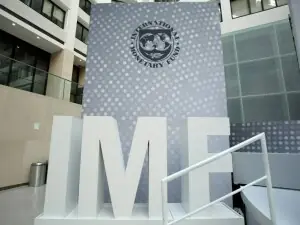 TOKYO: Yields on two-year Japanese government bonds hit a near three-month low on Tuesday after a strong auction of the same maturities, though the benchmark yield edged higher ahead of a 10-year debt sale later in the week.
TOKYO: Yields on two-year Japanese government bonds hit a near three-month low on Tuesday after a strong auction of the same maturities, though the benchmark yield edged higher ahead of a 10-year debt sale later in the week.
The Ministry of Finance sold 2.9 trillion yen ($29.6 billion) of two-year bonds with a coupon rate of 0.1 percent. It attracted a bid-to-cover ratio of 9.27, up from last month's 5.44 and marking the highest since February.
"People have so much cash on hand. They have to leave it somewhere ... they have the choice of putting it in the Bank of Japan. If not, it has to be T-bills," said Maki Shimizu, senior strategist at Citigroup in Tokyo.
The two-year yield slipped 1 basis point to 0.115 percent, its lowest since May 10.
The yield on benchmark 10-year bonds was up 0.5 basis point at 0.795 percent as market participants made room for a 2.4 trillion yen issuance of the same maturities on Aug. 1.
"The major reason for today's weakness should be concession ahead of the 10-year auction," Yuya Yamashita, rates strategist at JPMorgan in Tokyo, said referring to the benchmark yield.
Longer-maturities also outperformed the 10-year sector, leading to a flattening of the yield curve.
The 20-year yield dipped 0.5 basis point to 1.700 percent, while the 30-year yield was down 1.5 basis point at 1.810 percent, hitting a one-month low.
The spread between the 10- and 30-year yields narrowed to 101.5 basis points after hitting a four-month high of 108 basis points reached last week, while the 10- and 20-year spread eased to 90.5 basis points from last weeks' four-month peak of 94.5 basis points.
Ten-year futures held steady at 143.62, with 13,274 contracts changing hands, the third lowest of this year.
Yamashita said he expected many market participants would remain on the sidelines this week, with the Federal Reserve's policy meeting on Tuesday and Wednesday, the US second quarter GDP on Wednesday and US nonfarm payrolls report on Friday.
Japan's industrial output fell last month at the fastest pace since March 2011's massive earthquake and tsunami as companies curbed production to avoid a build-up in inventories, but analysts see factory activity remaining on the recovery path due to strong exports and private consumption.





















Comments
Comments are closed.